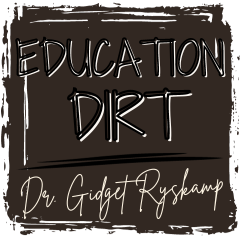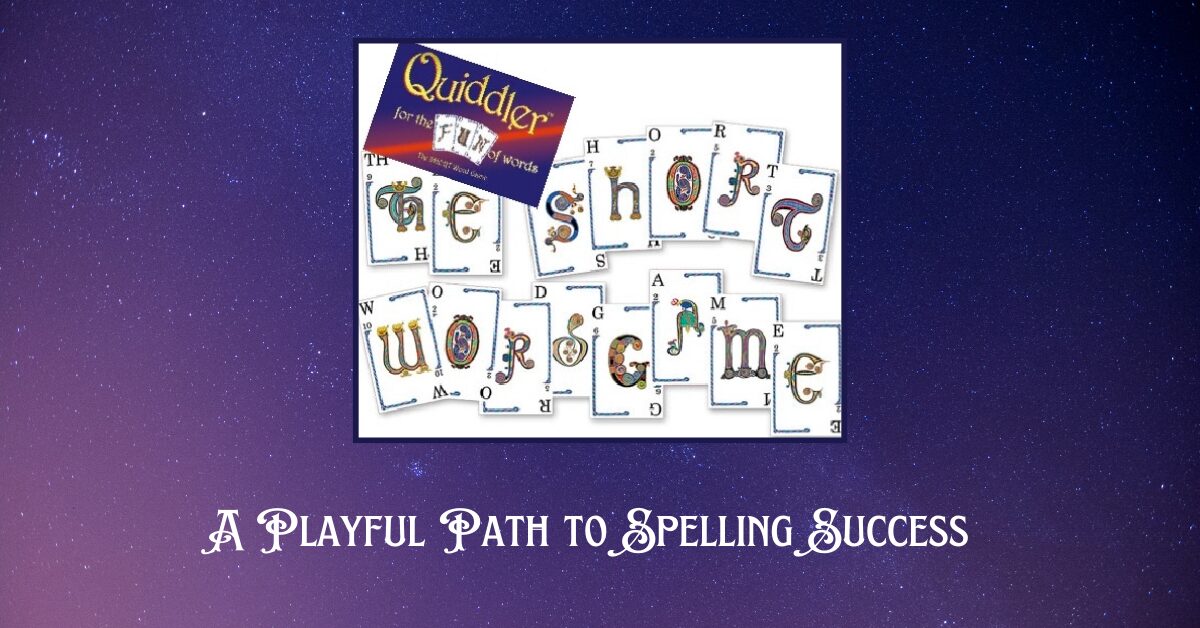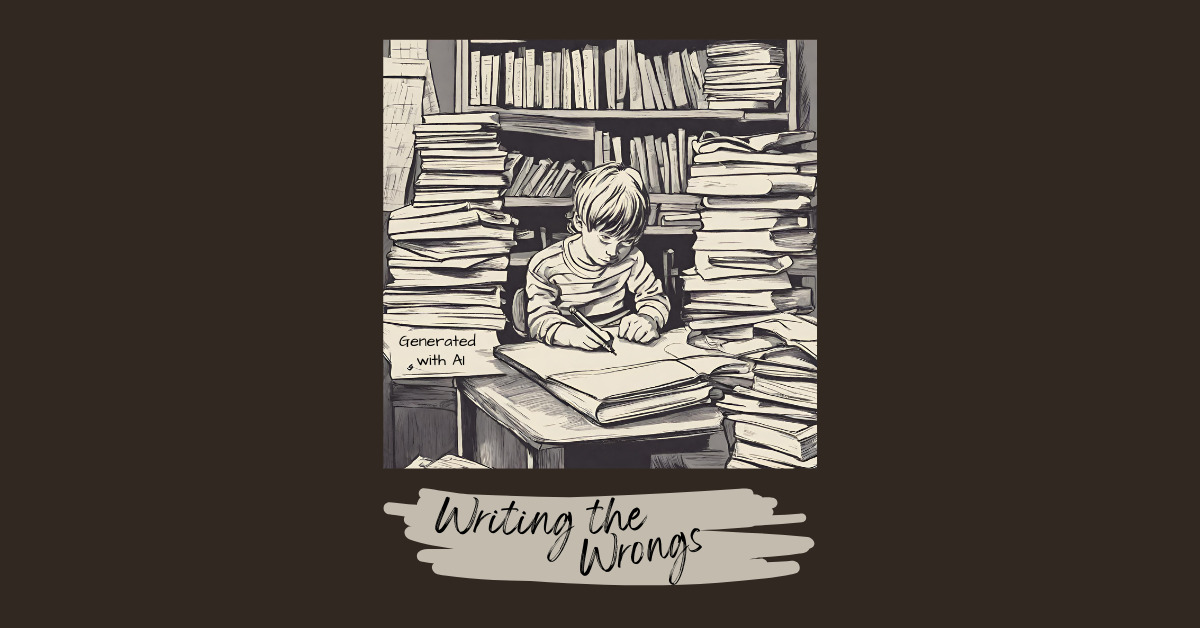It’s been a while since my last blog post, and I’ve been absent in my contribution to the Education DIRT blog and social media posts due to grappling with personal matters. Despite today’s topic not being directly tied to education, it holds relevance for educators, parents, and students alike. Sharing my own journey through depression, I aim to offer insights that could resonate and potentially aid others navigating similar challenges. I hope that others can glean insights from my journey and discover solace in realizing that there exists a path to surmounting life’s adversities.

The Energizer Bunny: My Life in Full Swing
For as long as I can remember, I’ve embodied the essence of a morning person, rising early and maintaining a vibrant energy throughout the day. At my previous school, I even earned the playful nickname “The Energizer Bunny.” Mornings were my domain, where I effortlessly tackled tasks before heading to work for a nine-hour stint. Post-work, I’d seamlessly transition into exercising, cooking dinner, tidying up, and completing paperwork without skipping a beat. Rarely did I succumb to naps or prolonged periods of rest. In the realm of office duties, I found solace in the accompaniment of lively tunes, which served as my motivational soundtrack, keeping me focused and driven.
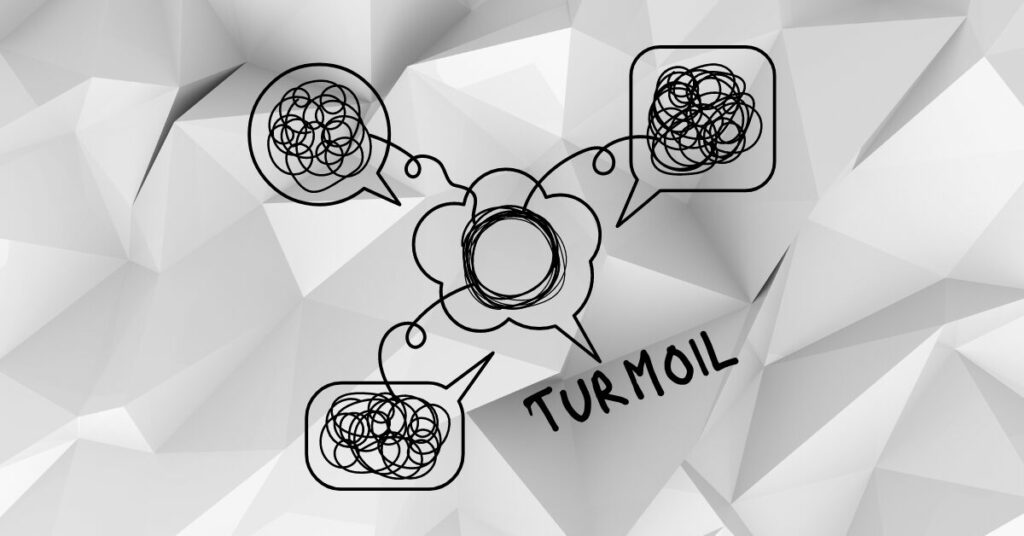
The Toll of Transformation
The onset of COVID brought about significant changes in my life. My husband, who had been slated to work for Delta, had to seek alternative employment, prompting us to relocate across the country. Upon our arrival in the new location, the lack of before and after-school care for my boys, coupled with the varying school schedules, posed challenges for my return to the field of education. Consequently, I made the decision to pivot my focus towards my passion for baking and the aspiration of mastering cake artistry. Enrolling in pastry school and establishing an at-home baking business seemed like the perfect avenue to pursue this dream.
As I immersed myself deeper into this new endeavor, I noticed profound changes in both my physical and mental well-being. Fatigue became a constant companion, weighing me down from the moment I woke up each day. Simple tasks like preparing dinner, doing laundry, and washing dishes became increasingly arduous. With each passing day, summoning the motivation to exercise became increasingly difficult, resulting in prolonged gaps between intense physical activity. The toll of these changes manifested in weight gain and loss of muscle, leading me to confront new mental battles with body image.
Amidst these challenges, a significant health scare emerged when I was informed of a meningioma (brain tumor), necessitating a visit with a neurosurgeon. The neurosurgeon found that I had severe neck damage, which was more pressing than the meningioma and required surgical intervention. After having neck surgery and radiation treatment for the meningioma, I attributed my persistent lack of energy and fatigue to my health struggles and the natural process of aging.
New Challenges
As I embarked on my healing journey, I prioritized my nutrition and, once sufficiently recovered, worked with a physical trainer to reclaim my well-being. Capitalizing on my increased morning energy, I committed to early exercise sessions and relied on crock-pot meals to simplify dinners. Despite months of dedicated effort, the desired changes remained elusive. However, fueled by determination, I persisted in my quest for health, irrespective of weight loss.
Just as I seemed to be gaining ground, a sudden and excruciating pain in my lower left abdomen and leg halted my progress. Despite consultations with various specialists, including a sports medicine doctor, the source of the pain remained a mystery. It wasn’t until an appointment with my urologist, prompted by a potential kidney stone, that the underlying issue was finally identified: a spigelian hernia. Surgery was necessary to fix the hernia, which resulted in an eight-week recovery period. I maintained a healthy diet, though I had to pause my exercise routine.
As I recuperated from this latest setback, another challenge emerged: my youngest son encountered difficulties at school, necessitating a transition to homeschooling. With new challenges, I attributed my emotional strain and diminished energy levels to the ongoing trials I faced, compounded by the inevitable aging process.
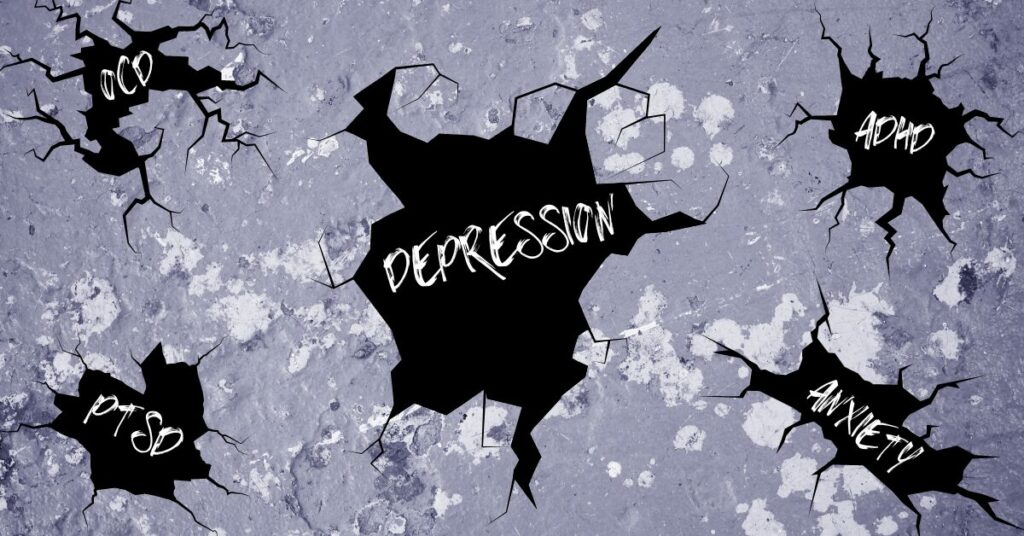
Reaching a Breaking Point
After a couple of months, my son opted to return to public school. While we transitioned him to a more suitable educational environment, I found myself grappling with anxiety. This anxiety exacerbated my mental state until I experienced a noticeable decline in my physical well-being, prompting a realization that something more profound was at play. Gradually, my motivation dwindled, and I found myself facing days where getting out of bed seemed insurmountable, and the simplest tasks felt overwhelming. These bouts of lethargy and unexplained sadness prompted me to seek help.
It was during a consultation with a psychiatrist that I received a diagnosis of severe depression and PTSD, stemming from various challenges I had encountered throughout my life. Moreover, the psychologist suggested that my OCD and ADHD were likely manifestations of the underlying PTSD. Opting for a combination of medication and therapy, I embarked on the journey toward mental wellness.
After approximately three weeks of taking the prescribed medication, I began to notice a remarkable change. Energy levels surged, and tasks that once seemed daunting became manageable again. It was a revelation to realize that my struggles over the years were rooted in depression. Regrettably, it took me far too long to recognize the issue and seek the necessary support.
Looking Beyond Myself
While the pandemic has heightened awareness of mental health struggles among both parents and children, it’s important to recognize that these issues aren’t novel. According to Forbes Health, 20.78% of adults in the United States live with mental illness, with adult women being more predisposed to experiencing depressive episodes. Additionally, 10% of children grapple with depression that significantly disrupts their school, work, or home life, and 17% of adolescents aged 12 to 17 have encountered a major depressive episode within the past year. These statistics, coupled with the challenges in diagnosis, are evidence that sharing me personal experience is important.
Another reason I’m sharing my journey is because I once believed that identifying depression would be straightforward, assuming it would manifest as prolonged periods of sadness. However, I’ve come to realize that its symptoms can be subtle and difficult to discern. Initial signs may include mild changes such as decreased energy or motivation, alterations in appetite or weight, shifts in mood, sleep disturbances, and feelings of fatigue. Other associated symptoms encompass feelings of sadness, hopelessness, anxiety, or emptiness, a pervasive lack of satisfaction, sensations of guilt, worthlessness, or helplessness, diminished interest or pleasure in previously enjoyed activities, difficulty concentrating or making decisions, memory issues, physical manifestations like headaches or digestive problems, and negative thought patterns. For further insights into signs and symptoms, the National Institute of Mental Health offers a comprehensive article on Depression.

My Hope
Parenting doesn’t come with a one-size-fits-all manual, just as there isn’t a perfect guide to navigate the challenges that accompany it. Similarly, educators don’t undergo a single class or training that equips them with all-encompassing knowledge about working with students. Children, too, encounter hurdles that affect their physical, mental, and emotional well-being. Life’s adversities impact each of us differently, and for some, these challenges can leave us feeling vulnerable, manifesting in various physical, mental, and emotional issues.
My hope is that you find comfort in knowing that you’re not alone in facing life’s struggles and that assistance is available to you. I encourage you to seek companionship on your life’s journey, someone with whom you can openly discuss the highs and lows. Connecting with others who share your challenges can be immensely valuable. Explore community and social media groups where you can both learn from and contribute to shared experiences.
Resources
Find the answer to “What is depression?” https://www.nimh.nih.gov/health/topics/depression
For an extensive list of resources, check out the National Network of Depression Centers: https://nndc.org/resource-links/
Get information on depression in women from NIH: https://www.nimh.nih.gov/health/publications/depression-in-women
For free help, contact SAMHSA’s National Helpline at 1-800-662-HELP (4357) or get more information from https://www.samhsa.gov
For free and confidential support for people in distress and prevention and crisis resources for you or your loved ones, contact 988 Suicide & Crisis Lifeline or get information from https://988lifeline.org
References
Devlin, P. (2024, January 11). Teacher Burnout Statistics: Why Teachers Quit in 2024. Devlin Peck. https://www.devlinpeck.com/content/teacher-burnout-statistics
Minkin, R. & Horowitz, J. M. (2023, January 24). Parenting in America Today. Pew Research Center. https://www.pewresearch.org/social-trends/2023/01/24/parenting-in-america-today/
National Institute of Mental Health. (2024, March). Depression. https://www.nimh.nih.gov/health/topics/depression
Santilli, M. (2024). Depression Statistics in 2024. Forbes Health. https://www.forbes.com/health/mind/depression-statistics/
